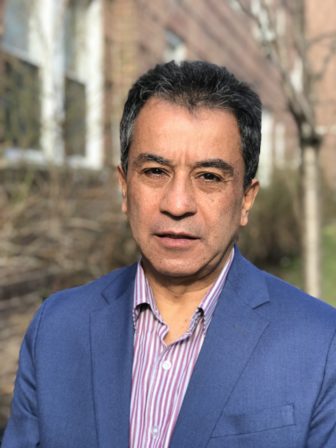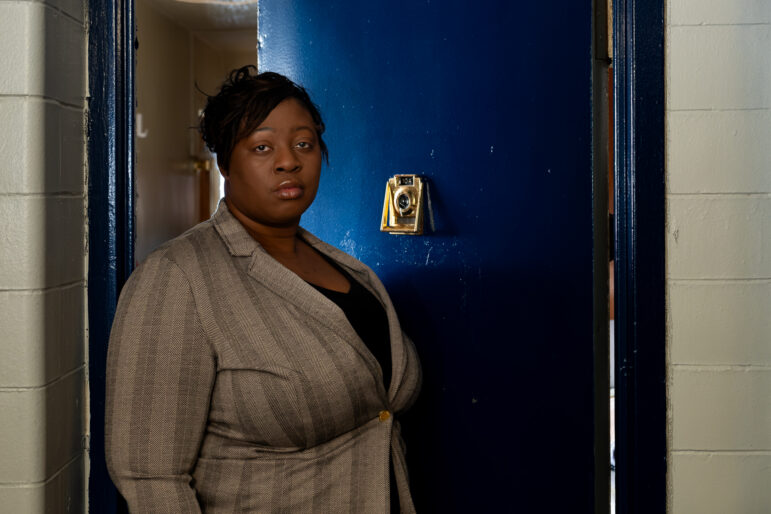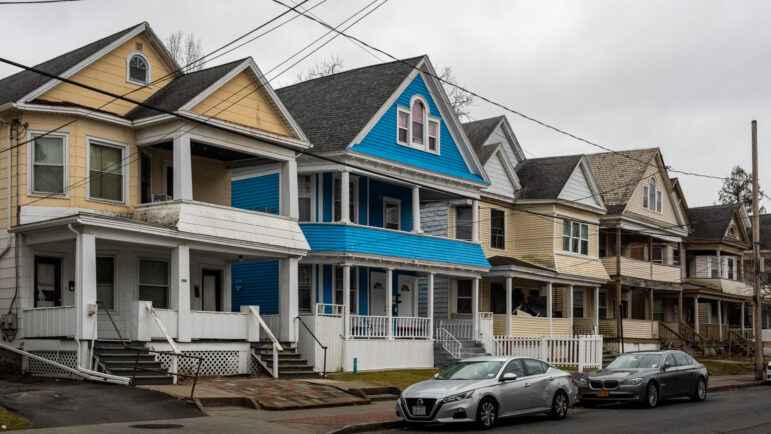 Following the 2008 financial crisis, Javier Castaño found himself looking for a new project. Hoy NY, the Spanish-language newspaper where he was editor, ceased publishing its print version — an increasingly common practice in the turbulent media industry at the time.
Following the 2008 financial crisis, Javier Castaño found himself looking for a new project. Hoy NY, the Spanish-language newspaper where he was editor, ceased publishing its print version — an increasingly common practice in the turbulent media industry at the time.
“I looked around and everybody was losing their jobs. It was difficult to get into the new media outlets, especially in Spanish,” says the journalist, who’d previously served as managing editor for El Diario/La Prensa, and written for the bilingual edition of the Daily News and for Colombian newspaper El Tiempo.
“So I said, ‘Hmmm, let me try to start something for my own,'” Castaño says. “It was difficult because it was an economic crisis. I knew how to produce, put together a print paper, so my problem was with the digital version.”
But he persevered, and on June 10, 2010 — “The same day that the World Cup started in South Africa,” Castaño recalls — he launched the website for QueensLatino, following up with a print edition a few months later.
“It’s growing and growing since then,” he says.
QueensLatino publishes stories in both Spanish and English, with a website that’s updated daily and a free monthly print edition that’s distributed at libraries, supermarkets, bodegas and subway stations in neighborhoods that run along the 7 and N train lines. Castaño produces the paper in Jackson Heights, what he calls “the best neighborhood in New York,” and where Latinos make up more than 65 percent of the population.
“Our target audience is newcomers from Latin America,” he says. “Roosevelt [Avenue] is the continuation of Latin America. What happens in Latin America reflects here, and vice versa.”
Castaño says he sees QueensLatino as “the unification for the community.”
“We are not Colombians or Peruvians or Ecuadorians or Mexicans or Dominicans or Puerto Rican, we are just Latinos and we fight for the unification of our community,” he says, adding that the Spanish-language press plays a vital role in giving voice to that community, a perspective often overlooked in the mainstream media.
“We stopped listening to them, because the history of the Latino press has shown us that they don’t know how to do it,” he says. “So we need to create our own voice, we need to create our way of doing journalism.”
The outlet covers both local and national issues; recent articles on the site include an update on the legal fight to save the DACA program, and another on the candidates vying to be the next Queens borough president.

Voices of New York spotlights ethnic and community reporting from around the city. Click here to read more.
Castaño recounts some of QueensLatino’s biggest stories through the years, which include the contentious debate over a local Business Improvement District’s plan to expand to Roosevelt Avenue, as well as a scoop on the 2010 arrest of well-known Spanish-language newspaper columnist Vicky Peléaz, who was accused of being involved in a Russian spy ring.
“Basically, I receive a call one morning saying, ‘Oh you know what happened with Vicky?’ and I said no. ‘She was arrested,’ and I said ‘What!? Because of what?'” Castaño remembers of the incident, which broke just a few weeks after QueensLatino’s launch. “So I start calling the police.”
As he approaches the 10-year anniversary for QueensLatino, Castaño says he has no plans to slow down, and intends to expand the outlet’s digital efforts.
“We are going to continue to focus on print, but we are going to dedicate more energy and time and money to online,” he says. “I want the paper to grow.”








